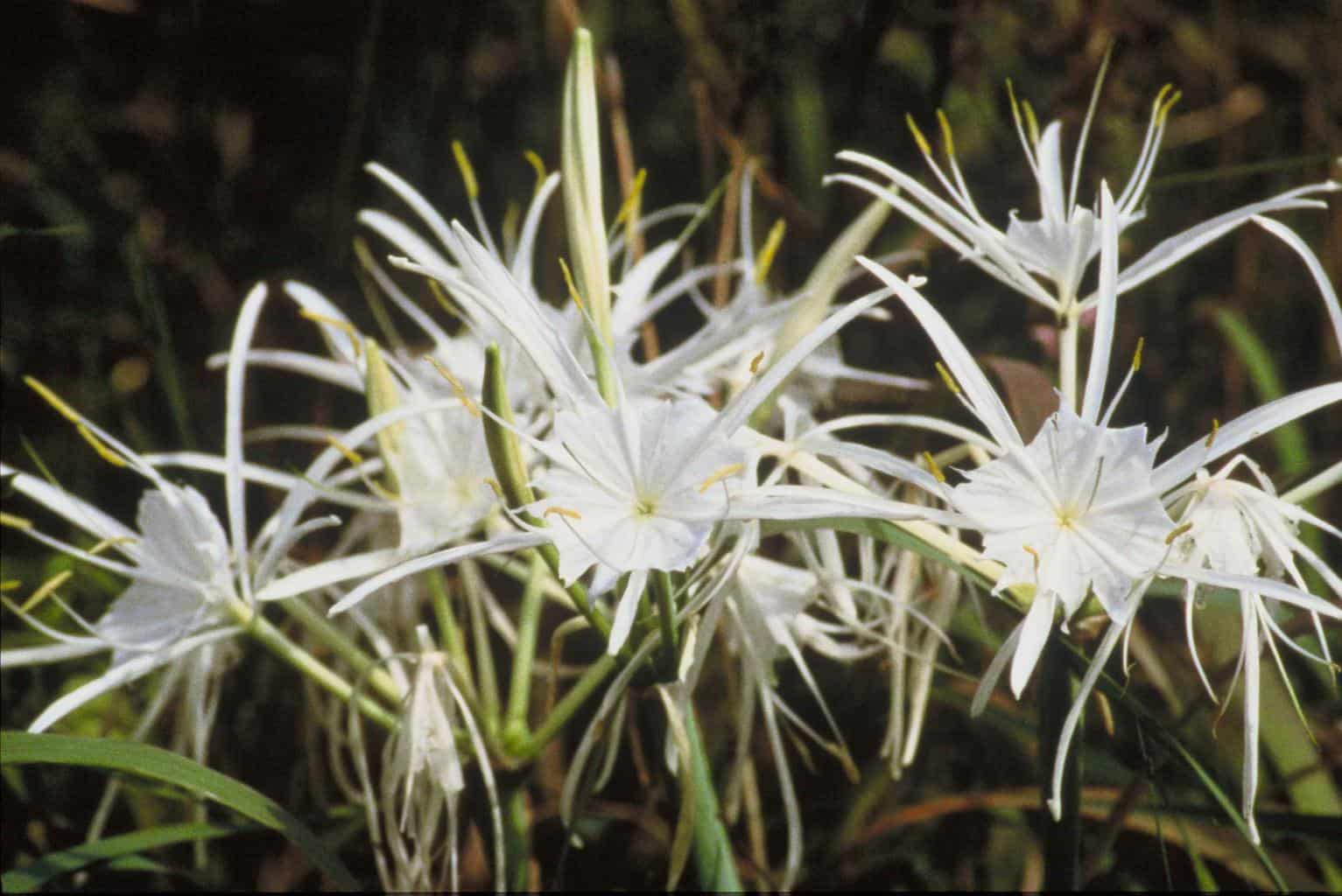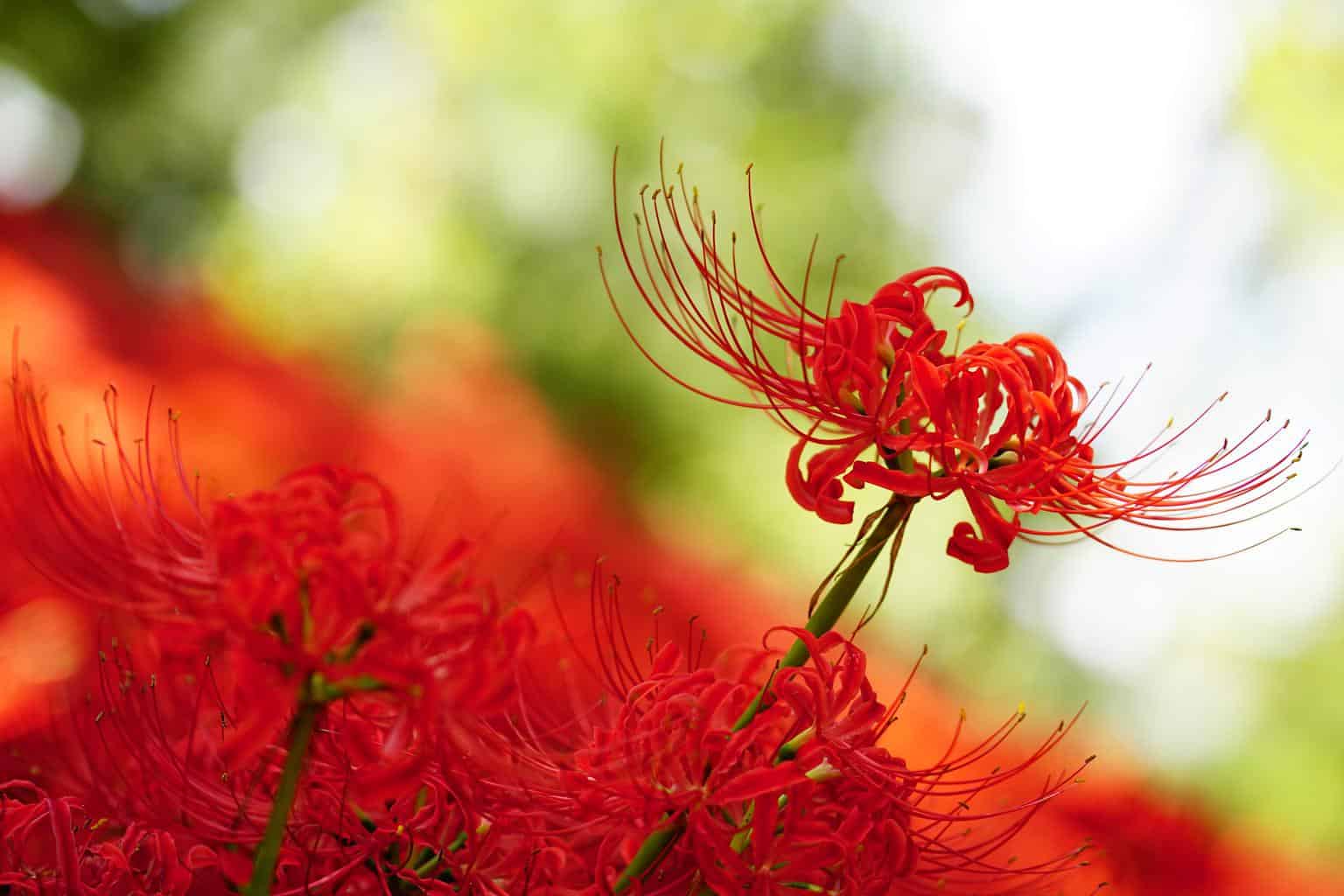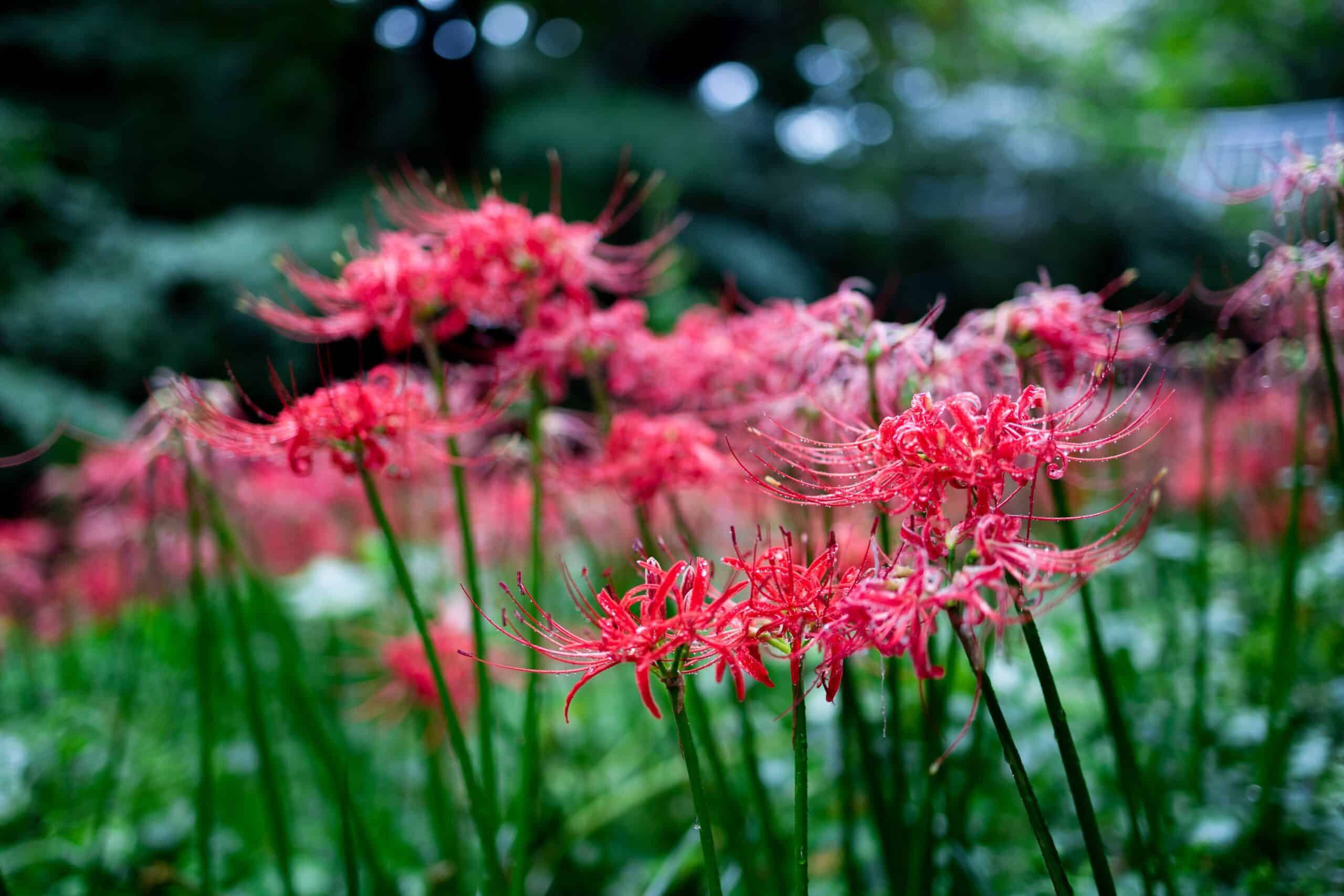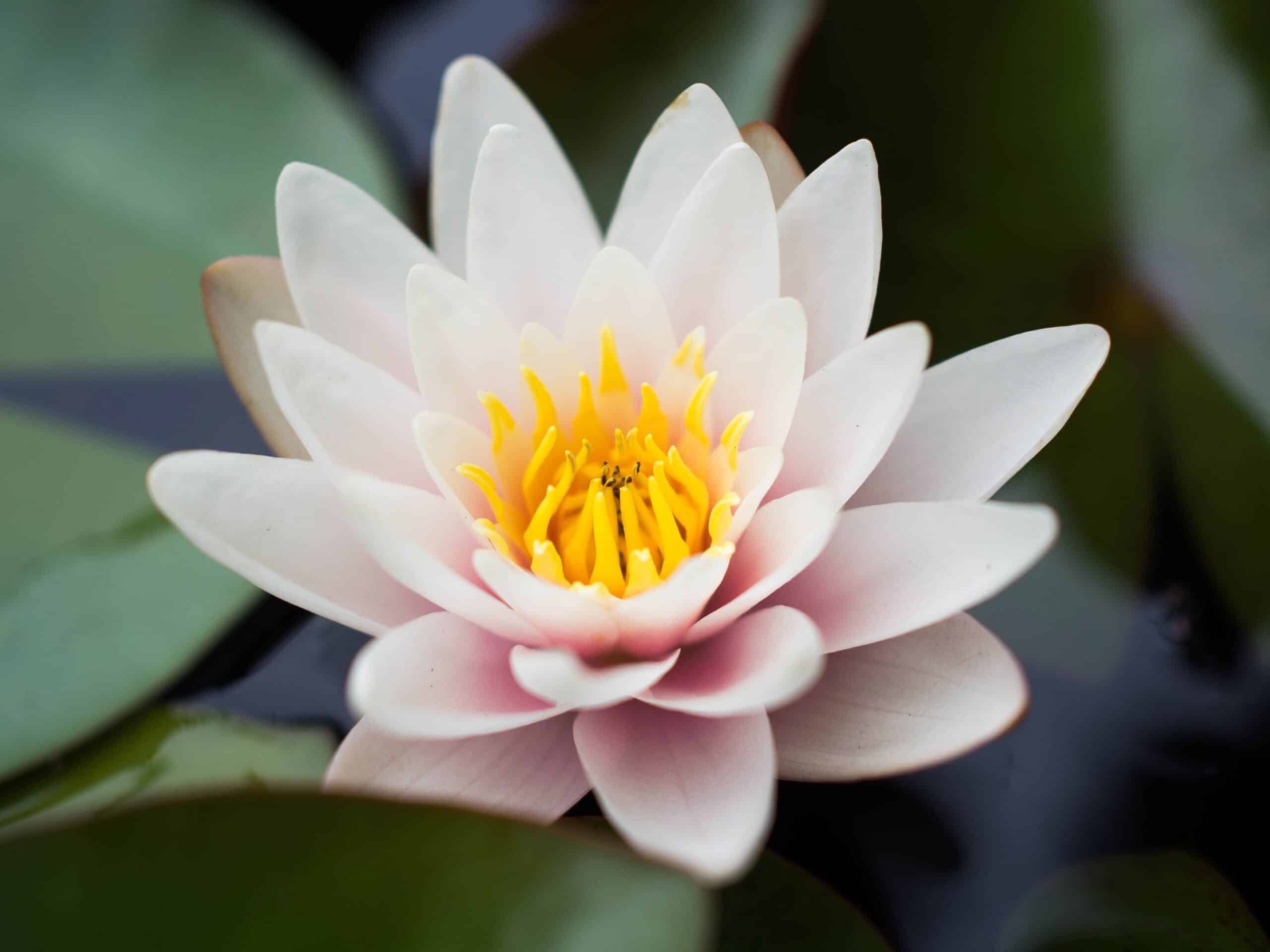The spider lily (Lilium longiflorum) is a bulbous perennial plant native to China. It has large, showy flowers that bloom from early spring through late summer. These plants prefer full sun and well-drained soil that stays moist throughout the growing season. They also appreciate temperatures between 50°F and 80°F. Let’s see how to grow and care for spider lily.
Growing and Caring for Spider Lilies
The first step to growing spider lilies is finding a suitable location. The location will depend on your climate and what type of soil you want to grow them in. If the environment is warm, you may want to consider planting them outdoors during the springtime. If the environment is colder, you should grow them indoors in a sunny window.
Planting Spider Lilies
Before planting any flower, the most important thing to know is what kind of soil it likes best. Most spider lilies like well-drained soils that are high in organic matter.
Six Hours of Sun
The sun is essential for growing healthy spider lily plants. Keep them in a place where six hours of direct sunlight falls every day
Plants need light to produce energy through photosynthesis, but too much light will cause them to grow too fast and become stressed. If you live where it gets cloudy all day, consider getting artificial lighting to supplement natural light.
Add compost to the soil
Composting is an effective way to turn food waste into nutrient-rich fertilizer. It’s easy to set up at home, too. Place food scraps in a container, cover it with a lid and wait for worms to come along and eat away at the contents. The worms will excrete worm castings, which are rich in nutrients like nitrogen, phosphorus, potassium, calcium, magnesium, iron, copper, zinc, manganese, and sulfur. Worm castings can be used as a natural fertilizer for spider lilies.
 Other considerations
Other considerations
When to Plant Spider Lilies
The best time for planting spider lilies is during spring or summer. If you live in a colder climate, wait until after the first frost before planting them.
Is the temperature right?
If the temperate of the climate is high, you can plant them outdoors after all danger of frost has passed. In warmer climates, you may need to start them indoors and move them outside once temperatures reach 60 degrees Fahrenheit.
Choose the right Container
If the climate is cold, you may want to consider growing them outdoors. But if you don’t have access to outdoor space, you should still be able to produce some of these beautiful flowers indoors.
Pruning
The best way to prune spider lilies is to cut them back to just above ground level before the flower buds form. This will encourage new growth and keep the plant looking fresh all season. If you want to remove the entire stem, wait until after it has finished blooming.
Fertilizing
The only way to fertilize spider lilies is through hand pollination. Fertilizing involves gently removing pollen from one flower onto another so that it can cross-pollinate. If you want to grow spider lilies from seed, you’ll need a lot of patience because they take several years before blooming.
 Spider lily care
Spider lily care
The best way to care for spider lilies is to keep them well-watered during the growing season and then deadhead them regularly after blooming. If the climate colder, it may take longer for the flowers to die back completely.
Dividing Bulbs
The bulbs should be divided into groups of three or four, depending on size. If you’re growing them indoors, place each bulb in its pot or container, so it doesn’t dry out too quickly. Keep the soil moist but not soggy.
Pests and Disease Problems
The most common pest problems associated with spider lilies include aphids, thrips, leafhoppers, whiteflies, mealybugs, mites, slugs, snails, and scale insects.
Summary – How to Grow Spider Lily
Spider lilies are easy to grow, but they do require some special care. If you want to grow them successfully, follow these simple steps:
1. Dig a hole twice as wide as the root ball and three times as deep.
2. Place the bulb at the bottom of the hole and fill in around it with rich, loamy topsoil. Water thoroughly.
3. Add mulch to help retain moisture and prevent weeds.
4. Set your spider lilies in a sunny location and water regularly.
5. Prune when the leaves begin to yellow and die down.
6. Remove spent blossoms and dead foliage to promote healthy growth.
7. Fertilize every two weeks during the growing season.
8. Divide your spider lilies every 2-3 years to ensure continued health.
9. Enjoy your beautiful, fragrant flowers year round!
What we love from Amazon this week
Buy these wonderful flowers directly from Amazon:















